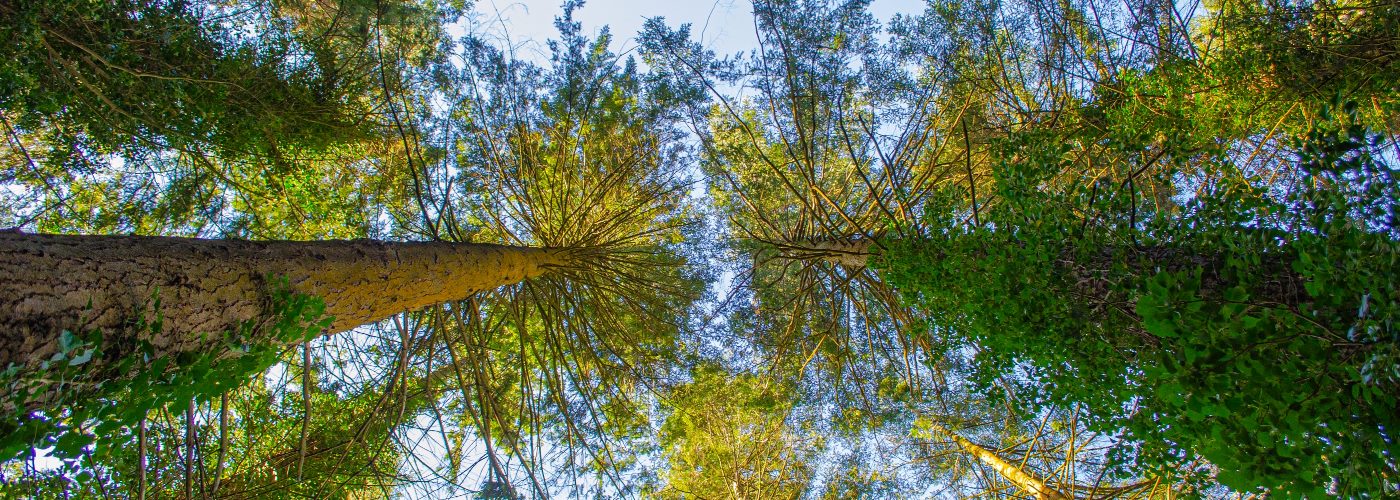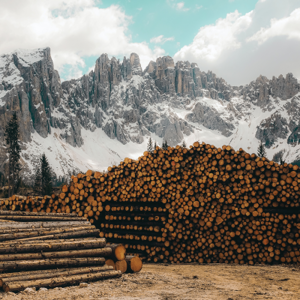

As we get closer to the observance of Arbor Day in the United States, which always occurs on the last Friday in April, a new study lead-authored by Jeannine Cavender-Bares and Stephen Polasky of the University of Minnesota, St. Paul provides a timely examination of just how much of an economic benefit that these majestic plants provide in ecosystem services.
The five ecosystem services that the researchers studied were climate regulation via carbon storage, filtration of particulate matter from the air which can harm human health, along with the provisions of wood, food crops, and Christmas trees. At the top of the list as far as the most economic value that trees provide, this new study found that the greatest percentage, 51%, came from carbon storage. The added benefit to human health from the air filtration that trees provide came in second place at 37%. Just 12% of trees' economic benefits came from the more tangible wood, food, and Christmas tree services. Altogether, these five ecosystem services that trees provide add up to an estimated $114 billion per year just for the lower 48 United States, alone.
However, trees in the U.S. and across the world are under threat. The research team found that a full 90% of tree species are susceptible to the effects of climate change, while 40% of all the tree mass in the U.S. is under threat from pathogens and pests.
This Arbor Day, if you have the opportunity to get out and plant a tree, remember it's not just to beautify the neighborhood or even to provide a home for wildlife, but trees also provide significant economic benefits, too.

